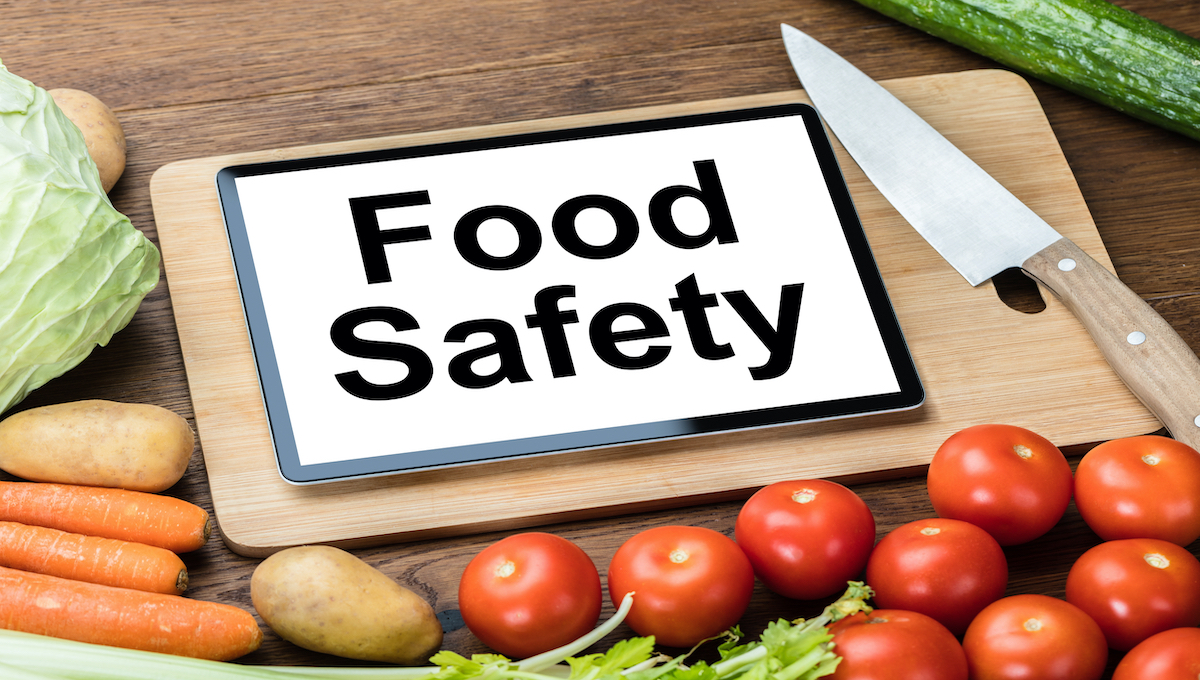The Food and Agriculture Organization (FAO) of the United Nations has revealed how it will try to help improve food safety over the next few years.
The FAO Strategic Priorities for Food Safety 2022 to 2031 were developed at the request of the FAO Committee on Agriculture (COAG) and endorsed by the FAO Council in December 2022.
They focus on four areas: governance, scientific advice to support food safety decisions, strengthening national food control systems, and promoting public-private partnerships throughout the food chain.
“Our aspiration is that this document helps spur investments and secures adequate human and financial resources for FAO to successfully implement its food safety program,” said Corinna Hawkes, FAO director of the Food Systems and Food Safety Division.
Preventative approach
FAO hopes the priorities will enhance participation in food safety standards-setting and provide international guidance, policy, and advocacy for policymakers.
The agency said the investment was needed to strengthen national food control systems, to engage stakeholders, and in training and education.
The document encourages consistent integration of food safety into the development of sustainable agrifood systems, food security and nutrition policies, and agriculture development strategies. This is so there is a focus on prevention and proactive management instead of reacting to issues.
Incidents threaten to reduce consumer confidence in specific foods, which can result in unnecessary waste, and in the authorities responsible for creating and enforcing food safety rules.
It is important to build stronger and coordinated global, national, and regional food safety and quality governance, a more solid scientific evidence base for stronger decision-making, and legal and institutional frameworks supporting effective and up-to-date national food control, according to the document.
Efforts to modernize must not exclude any groups and the impact food safety regulations can have on small-scale producers, rural poor, and marginalized actors such as women, youth, and Indigenous people, should be recognized.
“The sooner we recognize and address the potential impacts of global trends and developments on food safety, the more likely countries will be able to prepare for and manage food safety risks and challenges,” said FAO.
Evolving challenges
Events such as the World Food Safety Day set for June 7 can help raise awareness on how food safety underpins food security and trade, and how it influences the economy and private industries.
The plan also covers One Health, antimicrobial resistance, digital technologies, and food safety data. This past year, the World Health Organization (WHO) released its Global Strategy for Food Safety from 2022 to 2030.
“Food safety science and food-related technologies are constantly evolving and new food safety issues continue to emerge. FAO takes into account the potential impacts of ongoing changes and trends in agrifood systems with implications for food safety. It also uses forward-looking approaches such as foresight and horizon scanning to proactively identify emerging issues and to assess their food safety implications,” said FAO.
Progress and delivery of the strategic priorities will be monitored and reported. Implementation will be planned in accordance with priorities, timelines, capacities, and resources developed between FAO and its partners. Indicators and action plans are also being developed.
(To sign up for a free subscription to Food Safety News, click here.)

